Announcer:
A PBS Wisconsin original production. The following program is part of our “Here & Now” 2020 election coverage.
Donald Trump:
Total acquittal. Total acquittal.
Frederica Freyberg:
President Donald Trump voicing his vindication following acquittal in the U.S. Senate. I’m Frederica Freyberg. Tonight on “Here & Now,” a first look at novel coronavirus confirmed in Wisconsin. After that, a closer look at the impeachment acquittal of President Donald Trump. Then we’ll look ahead to elections in Wisconsin and the two different absentee ballots being sent out. It’s “Here & Now” for February 7.
Announcer:
Funding for “Here & Now” is provided by the Focus Fund for Journalism and Friends of PBS Wisconsin.
Public Health Official:
Today, we are announcing the first case of 2019 novel coronavirus in a Wisconsin resident.
Frederica Freyberg:
In our first look tonight, state health officials announced Wednesday that the novel coronavirus had reached Wisconsin, the 12th confirmed case in the United States. The announcement came soon after the Centers for Disease Control, the only lab currently testing for the virus, confirmed the results. While the person’s identity is confidential, local officials held a press conference later Wednesday saying the positive case is in Dane County.
Joe Parisi:
Public health has been busy coordinating city, county and state resources, making sure we were ready in the event this virus presented here. Given what we have seen in other parts of the globe, it’s reasonable to assume today’s news will not be the last positive case we hear about in our region.
Frederica Freyberg:
Tonight the latest on the coronavirus in Wisconsin. We are joined again by the state epidemiologist Ryan Westergaard. Thanks for being here.
Ryan Westergaard:
Happy to be here.
Frederica Freyberg:
So at this hour, what are the latest numbers in Wisconsin?
Ryan Westergaard:
Since we spoke last week, the epidemic of the novel coronavirus has continued to expand globally. I think there were about 14,000 reported cases when we spoke last week. It’s increased to 31,000 now. But in the United States so far it’s been relatively stable. There’s a total of 12 cases, as you mentioned. Ten were in returning travelers and two close household contacts. So in Wisconsin as you mentioned, we had our first confirmed case today and that is one out of a total of 14 individuals who have been under investigation. The results of nine of those individuals have come back negative. We’re still waiting for about four more. So the one case right now is isolated in Dane County and we’re doing all we can to contain the spread further.
Frederica Freyberg:
When do you expect to get results from those other pending cases?
Ryan Westergaard:
They can come at any time. The limitation has really been the fact the test is only being done in Atlanta at the CDC. We learned this week they’ve now manufactured additional test kits and are going to be disseminating that to state laboratories including ours in Madison. That will shorten the turnaround time, we hope. But right now it’s at least a two to three-day turnaround time between the time a patient gets tested and the specimen has to travel and come back. So it could be anywhere between now and the beginning of, middle part of next week before we hear.
Frederica Freyberg:
So there are more of these people under investigation, these kind of pending cases, than there were the last time we spoke. How did they result? Were these people who traveled, who had symptoms?
Ryan Westergaard:
It’s a combination. To be considered a person under investigation — and there’s a specific definition of that — you have to have symptoms consistent with a respiratory virus, which shares many symptoms with influenza and a whole bunch of respiratory viruses we understand much better. Also, you need to have contact to the geographic area where the virus has been spreading or a confirmed case. So it’s a relatively small number of people have met that criteria to actually be tested. Most of them, like I said, we’ve had negative tests so far.
Frederica Freyberg:
How has the state’s response changed now that there is a confirmed case in Wisconsin?
Ryan Westergaard:
We were not surprised when we got the case because like I said, most of the people who were tested had some risk. We were prepared for what was going to happen. So we’re still now in containment mode. What that means is when we hope to identify anyone who’s infected early, which we’ve done. We’ve isolated them, which means get them out of close contact with other individuals to whom they could spread the virus. And then we also have to do some homework in terms of contact investigation to see while the person was ill or shortly before, are there individuals that may have been in close contact that we need to supervise more closely.
Frederica Freyberg:
And you call that a contact tracing? And you have done that with this Dane County person who tested positive, because this person traveled from China, flew into Dane County Regional Airport, then went directly to the UW Hospital emergency department. And so describe specifically kind of the contacts that you’re trying to trace down that this person may have had contact with?
Ryan Westergaard:
Yes. This is a tried and true method in public health. Some people call it shoe leather epidemiology. It involves close interview with the patient, understanding their travel history and like you said, the places around town they’ve been. We have a pretty strict definition of what constitutes a contact or a contact that has some risk. So during the period where the person was — before they were diagnosed and had illness, we go to see have health care providers been in contact with them, have household contacts been in contact with them. In the setting of air travel, there’s protocols in terms of people who would have been within six feet on the plane. Those people get notified that they were a potential contact and then they get evaluated in a standardized way, get offered testing if they have symptoms.
Frederica Freyberg:
Have those people been contacted at this point?
Ryan Westergaard:
That’s standard procedure. Those are underway. Because it’s a long trail potentially for all these cases, a lot of individuals, sometimes these efforts get coordinated by various jurisdictions, including the state, local health departments and also nationally, the CDC, particularly when it involves travel between several states.
Frederica Freyberg:
What should the public know about this?
Ryan Westergaard:
Well, our message continues to be, and we believe this strongly, that right now the risk of people getting sick with coronavirus is very low in the community. But we are in the middle of respiratory virus season in general and we happen to have had a bad week in terms of influenza. Our respiratory virus team at the state releases their numbers and there were a total of 3,000 individuals in Wisconsin alone in the last week who tested positive for influenza. So influenza causes a comparable illness to the novel coronavirus and right now is a much greater threat to the public than the novel coronavirus. So our message, what people should know about, is let’s do our best to be informed and prepared for the new virus, but don’t forget all the things we know how to do to prevent the spread of viruses we know about and influenza is the most important of those right now because we seem to be approaching the peak of the influenza season right now.
Frederica Freyberg:
There’s a couple different strains of influenza out there as well, right?
Ryan Westergaard:
That’s right. Influenza is a tricky virus. It mutates on the fly, which is why we need to have a new vaccine every season, because it changes. And it’s also true the vaccine is never perfect because of the way that the virus changes. But we have enough information to know that, on average, if everyone got the influenza vaccine that was approved for this season, we would cut down the number of cases substantially. So that’s still our recommendation for people who haven’t gotten their flu shot yet, to go out and get their vaccine as soon as they can.
Frederica Freyberg:
But meanwhile, unlike the influenza that you had these peak numbers of this week, you are able, you’re hopeful, to contain this coronavirus in this community.
Ryan Westergaard:
That’s still our goal and what’s — the difference between where we are in the United States with the containment response is very different, what’s going on in China, which is really a mitigation response. There they have sustained transmission in the communities. That’s what we’re doing our very best to prevent from happening here in the U.S. and here in Wisconsin. So far the pieces are in place and the system is working. So we’re going to stay at it.
Frederica Freyberg:
Great. Thank you very much. Ryan Westergaard , appreciate it.
Ryan Westergaard:
Happy to be here.
Frederica Freyberg:
For in-depth reporting on coronavirus in Wisconsin and additional information, please visit our journalism partners at WisContext.org
In our closer look, the trial of President Donald Trump is over. On Wednesday, the Senate voted on two articles of impeachment: abuse of power and obstruction of Congress. The Senate did not have the two-thirds majority needed to find the president guilty on either charge, with the vote cast almost exclusively along party lines. The president, as expected, came out swinging. One description: Trump on steroids.
Donald Trump:
It was evil. It was corrupt. It was dirty cops. It was leakers and liars. Adam Schiff is a vicious, horrible person. Nancy Pelosi is a horrible person. We went through hell unfairly. It was all bullsh*t.
Frederica Freyberg:
Senators U.S. Senators Ron Johnson, who voted to acquit and Tammy Baldwin, who voted to convict, spoke to their respective positions ahead of the vote. Baldwin focusing on the lack of witnesses called and Johnson on the lack of a crime committed. Both referenced an August 31 conversation between Senator Johnson and the president where the senator challenged Trump’s motivations for withholding aid from Ukraine.
Tammy Baldwin:
Last month, President Trump’s former National Security Adviser John Bolton, provided an unpublished manuscript to the White House. The recent media reports about what Ambassador Bolton could have testified to had he not been blocked as a witness go to the heart of this impeachment trial.
Ron Johnson:
I reached out to John Bolton and said, “Listen, John, if you’ve got something to say, say it sooner rather than later. Get it on the record. Would you like me to extend an invitation to talk to our committee? He said no. He’d only respond to a subpoena, which I respect as well.
Tammy Baldwin:
President Trump told Ambassador Bolton in August that he wanted to continue freezing $391 million in security assistance to Ukraine until they helped with the political investigations. Had Ambassador Bolton testified to these facts in this trial, it would directly contradict what the president told Senator Johnson in a phone call on August 31, 2019, where, according to Senator Johnson, the president said, “I would never do that. Who told you that?
Ron Johnson:
And I’m the one that raised the issue. “Mr. President, I heard there may be some possible arrangement, where if Ukraine does something, you release the hold,” and he immediately, I’ve described it accurately as angrily, vehemently, adamantly, denied, “No, I would never do that. No way. Who told you that?”
Tammy Baldwin:
John Bolton not only has direct evidence that implicates President Trump in a corrupt abuse of power, he has direct evidence that President Trump lied to one of our colleagues in an attempt to cover it up.
Ron Johnson:
To me, it didn’t have any impact. I don’t think whatever John says is going to really affect my evaluation. Again, what was charged in these two articles of impeachment is not impeachable offense.
Frederica Freyberg:
So there you have it. What a week. We now tap into UW-Milwaukee Emeritus Professor and Political Scientist Mordecai Lee for his take on what’s ahead. Thanks a lot for being here.
Mordecai Lee:
You’re welcome.
Frederica Freyberg:
So Senator Baldwin said in no way should the president’s acquittal be viewed as an exoneration. How likely is it that that message resonates especially as the president publically reacts to it right now?
Mordecai Lee:
Well Frederica, I think in Wisconsin right now we’re living in two different realities. 47-48% of the voters really like Trump and agreed with the outcome and thought it was an exoneration. And 47-48% of Wisconsinites agreed with Senator Baldwin. It’s almost like two ships passing in the night. They don’t even live in the same world.
Frederica Freyberg:
How much does this embolden President Trump do you suppose and his supporters?
Mordecai Lee:
Well, I think it emboldens President Trump, but I’m not sure there’s not much more to embolden in the sense of this has been his style since the day he became president. He’s a street fighter. He not only disagrees with his opponents. He wants to crush his opponents. Only he is right. Everybody else is wrong. That’s a style. I guess you might say it’s almost like a New Yorkie style that he’s carried throughout his presidency. So when he came out swinging the day after he was acquitted, it was the same old Trump. I’m sure some of your viewers can compare it to President Clinton the day after the impeachment vote when he was acquitted. He came out and he apologized to the public and he said he wanted to work with the other party. Such a difference.
Frederica Freyberg:
Does the acquittal hurt Democrats?
Mordecai Lee:
I think that what the acquittal does is it says this is how it’s going to be until the election. In other words, for those people who really dislike President Trump and were sort of fantasizing about him being removed from office, I think this puts them back in touch with the fact that the Republican Party is now the Trump Party, that no matter how they feel about President Trump behind-the-scenes, that all Republican politicians in the House and Senate will go along with him, with the exception of Romney, and that they are lock-step with him. This is what the Republican Party is. This is in a sense the new normal.
Frederica Freyberg:
Let’s move along to Iowa. Given the snafu there with the new and glitchy app to report results, the delays and now a request by the National Democratic Party for a recanvas, what do you think about whether the Iowa Caucus should be put out of its misery?
Mordecai Lee:
Well, they don’t have a very good track record, but I suspect they’ll fight like heck to hold on to it. They’re the first caucus in the series, not the first primary. So I think it’s going to end up being the same. You know, some of the stuff that went wrong was just plain amateur hour. It sort of reminds us of the roll-out of Obamacare where there just wasn’t enough beta testing of whatever program they were using. But I think it’s also interesting that there was some jamming of the phone lines, that there was a backup hotline to call in when the app didn’t work and apparently some of it was jammed by supporters of President Trump, not in an organized basis but almost like on a prankish, let’s by mischievous basis. So there’s a lot of blame to go around, but I don’t think Iowa is going to be changing in terms of its role in future presidential cycles.
Frederica Freyberg:
As to the results there, what’s your reaction to those?
Mordecai Lee:
What it did was it permitted the four leading candidates to all move on to New Hampshire and say I didn’t lose because there wasn’t any definitive winner. So the optics that you and I are used to, that on the night of the caucus there’s somebody who’s on the podium with their hands raised in victory salute that they won the primary and that gives them the bump, the momentum to go on to New Hampshire, that just didn’t exist. So it was almost anticlimactic that now New Hampshire will be the one that will tell us who is the leader.
Frederica Freyberg:
You said on this program previously that you think the field will not be narrowed by the time of Wisconsin’s April 7 presidential primary. Do you still think that?
Mordecai Lee:
You promised me you were going to erase that part of the tape, but I guess I have to live up to what I predicted. I think there are at least three, probably four long-distance runners. In other words, unless somebody really does terribly in New Hampshire, South Carolina, Nevada, I think they’ve got the money to stay in. Maybe it will be Bloomberg who comes out of left field. Maybe even Deval Patrick, the former governor of Massachusetts, but I think Wisconsin is going to be a real race. So for us that will be good. We may well be the pivot in the presidential nominating process.
Frederica Freyberg:
You say there’s a decent chance of a contested Democratic convention in Milwaukee. Why?
Mordecai Lee:
Well, if I’m right about my prediction about the primary, then that means there’s also a likelihood that those two or three or four are going to survive even beyond that and they are going to come to Milwaukee for the convention and they’re going to fight it out. The last time it happened in either of the two major parties was John F. Kennedy in 1960 in Los Angeles. Nobody knew who the nominee would be and the fact that he won on the first vote was everybody’s surprise. In fact, he won with Wyoming, the last state, putting him over the top. So we might be lucky. It might be that the Milwaukee convention will be a real convention with who knows what would happen. And I think that’s good. You know, when a convention is merely a coronation process, when there’s no news that comes out of a convention, it’s anticlimactic. I’m hoping that Milwaukee will be climatic.
Frederica Freyberg:
As to Republicans, with about a minute left, with Trump unopposed, what could happen there?
Mordecai Lee:
Oh, that’s a great question. I think Republicans in Wisconsin when they come to the April primary are going to have to decide do we want to show Trump that he’s got support and even though he’s unopposed should we vote in the Republican primary for him? Or should we cross over and perhaps play a little bit of mischief, perhaps vote for the person who would be the weakest Democratic nominee? When you’ve got an open primary, sometimes the interpretation of what it means is very hard to discern.
Frederica Freyberg:
Could Trump Republicans possibly bear to cross over?
Mordecai Lee:
I think it’s pretty common in Wisconsin politics when we used to have almost one-third of the voters who sometimes voted in Republican primaries and sometimes voted in Democratic primaries. It’s sort of the Wisconsin culture that you’re not betraying your party or you’re not being false if you vote in the other party’s primary. So I think they’re going to feel free to do it. It may well be that they coalesce to say I just want to tell Trump that I support him.
Frederica Freyberg:
Yeah. All right. Mordecai Lee, thanks a lot.
Mordecai Lee:
Thank you.
Frederica Freyberg:
In tonight’s look ahead, in the February 18 spring primary elections in northern Wisconsin, there could be some confusion for absentee voters. That’s because there are two ballots. One went out earlier for the special primary for Congressional District 7. Another came out later and includes both the 7th Congressional and state-wide justice of the Supreme Court primary and other county or municipal contests. What happens if an absentee voter fills out both? For guidance on this, we turn to the City of Superior Clerk and Elections Official, Terri Kalan, who joins us from Superior. Thanks for doing so.
Terri Kalan:
Good morning. Thank you for having us.
Frederica Freyberg:
So we just want to put up these different versions of the ballots. We have the “A” ballot, which again is for the 7th Congressional only and then we have the “B” ballot, which includes both the Congressional race and the Supreme Court race and other county or municipal elections. Describe for us why these two versions are necessary.
Terri Kalan:
Well, because the Congressional district is a federal election, a federal position. Those ballots need to be mailed out by law 47 days prior to the election, which was January 2. Our local filing deadline wasn’t even until January 7. So we had to send out a second ballot that included the Congressional race along with our local races.
Frederica Freyberg:
So walk us through what happens. If an absentee voter filled out ballot “A”, then got ballot “B” later and filled that out also.
Terri Kalan:
If they return both of them, we will reject ballot “A” and we will count ballot “B”.
Frederica Freyberg:
So — yeah. In this case what happens if a voter filled out ballot “A”, then got ballot “B” and because they’d already filled out “A” in the Congressional race, they don’t fill out that part of ballot “B”, thinking, well, I don’t want to vote twice?
Terri Kalan:
Yeah. There’s a lot of confusion over that and we’ve gotten a lot of phone calls. But our direction from the state is if they return ballot “B”, ballot “A” is rejected. We don’t open it. We don’t look at it. So we won’t know.
Frederica Freyberg:
Oh. What concerns do you have that some voters’ intentions might be nullified because of these ballots?
Terri Kalan:
It is a concern, but I’m really not sure. We didn’t receive any other direction from the state on how to handle it. So we’re just following what they are telling us to do.
Frederica Freyberg:
Have you gotten any questions from candidates themselves or their parties about these kind of dueling ballots?
Terri Kalan:
Not so much the candidates, but a lot of absentee voters who received the ballots, have been confused. We put some pretty good directions in the envelope with the ballot in hopes that they would read it and understand it and fill out the full second ballot.
Frederica Freyberg:
What is your most straightforward guidance then for these voters?
Terri Kalan:
To fill out the “B” ballot completely and return it.
Frederica Freyberg:
And why is that?
Terri Kalan:
Because that will have all of the races on there, including the Congressional, even though they voted the “A” ballot with just the Congressional.
Frederica Freyberg:
Okay. How many absentee voters might this affect?
Terri Kalan:
I think we sent out close to 700 for this primary.
Frederica Freyberg:
And it’s happening again for the presidential primary; is that right?
Terri Kalan:
Correct. There’s going to be an “A” and “B” ballot for the spring April election. The “A” ballot will have to be in the mail by February 20, which is right around the corner, two days after the primary, and the “B” ballot will go out on March 17.
Frederica Freyberg:
So it seems potentially like more work and a little bit more reading and focus for voters who have to fill these things out. But at least after this February election you’ll have had kind of some practice with it.
Terri Kalan:
Yeah. We’re still trying to work through the details on our end how we’re going to do it, because we central count our absentee ballots. They’re not counted at the polling site. They’re counted at our government center by election inspectors on Election Day.
Frederica Freyberg:
So —
Terri Kalan:
So we’re just trying to figure out the details of how we’re going to do that.
Frederica Freyberg:
It’s coming right up on you, too.
Terri Kalan:
It sure is.
Frederica Freyberg:
Yeah. After seeing what happened in the Iowa caucus, how glad are you that you’re just dealing with two ballots?
Terri Kalan:
Very glad.
Frederica Freyberg:
Yeah.
Terri Kalan:
I wouldn’t want to be in their position.
Frederica Freyberg:
Yeah. For sure. All right. Terri Kalan, thanks very much for joining us and good luck with all of this.
Terri Kalan:
Thank you very much.
Frederica Freyberg:
Statewide there will also be an “A” and “B” ballot for absentee voters for the April 7 election. For voters who request an absentee ballot before mid-March, there will be one for the presidential primary and one for all races, including the state Supreme Court. The best guidance from the State Elections Commission is to vote in the presidential primary on both ballots and send them back to your clerk, who will sort out the right one to be counted. More than 130,000 absentee ballots were issued by mail in the 2016 presidential primary.
Governor Tony Evers late this week called a special session to advocate for more state funding for K-12 education. He said the goal of the session should be to return state contribution to two-thirds of local districts’ costs. He said the boost to education funding should come from the state’s surplus. The Legislative Fiscal Bureau estimates the state will take in an extra nearly $452 million in tax revenue than projected. Republican legislative leaders want the extra funds to go toward property tax cuts instead.
And finally tonight, a look ahead to next week when Zac Schultz reports from northern Wisconsin on the special primary in the 7th Congressional race. I’m Frederica Freyberg. Have a great weekend.
Announcer:
For more “Here & Now” 2020 election coverage, go to PBSWisconsin.org and click on news. Funding for “Here & Now” is provided by the Focus Fund for Journalism and Friends of PBS Wisconsin.
Search Episodes
News Stories from PBS Wisconsin
10/28/25
State Building Commission votes to proceed with Evers plan to overhaul Wisconsin’s prison system
10/27/25
Planned Parenthood of Wisconsin resumes offering abortions after pause related to federal funding

Donate to sign up. Activate and sign in to Passport. It's that easy to help PBS Wisconsin serve your community through media that educates, inspires, and entertains.
Make your membership gift today
Only for new users: Activate Passport using your code or email address
Already a member?
Look up my account
Need some help? Go to FAQ or visit PBS Passport Help
Need help accessing PBS Wisconsin anywhere?

Online Access | Platform & Device Access | Cable or Satellite Access | Over-The-Air Access
Visit Access Guide
Need help accessing PBS Wisconsin anywhere?

Visit Our
Live TV Access Guide
Online AccessPlatform & Device Access
Cable or Satellite Access
Over-The-Air Access
Visit Access Guide
 Passport
Passport


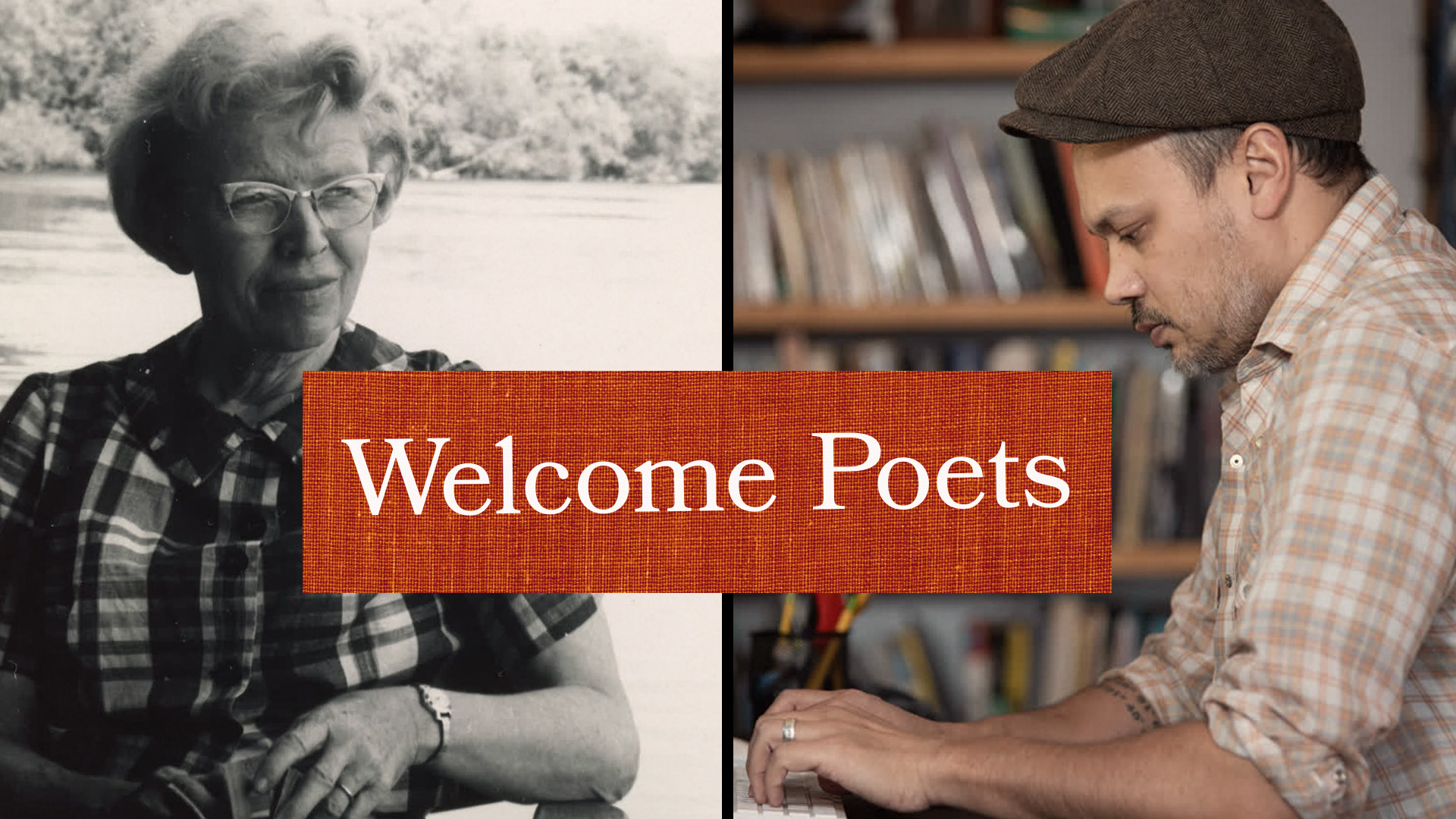


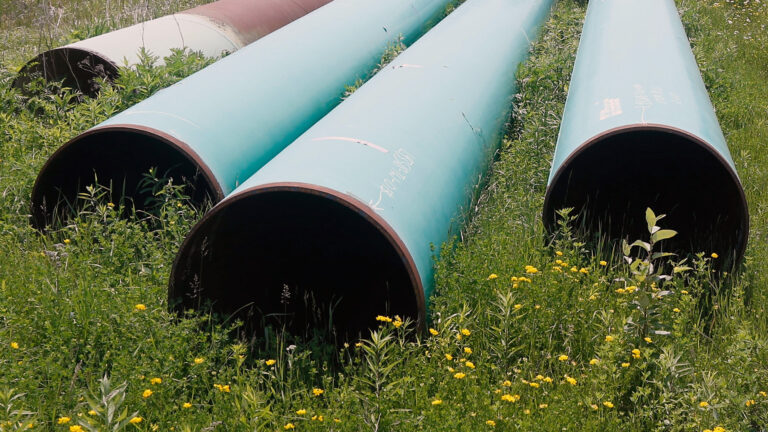
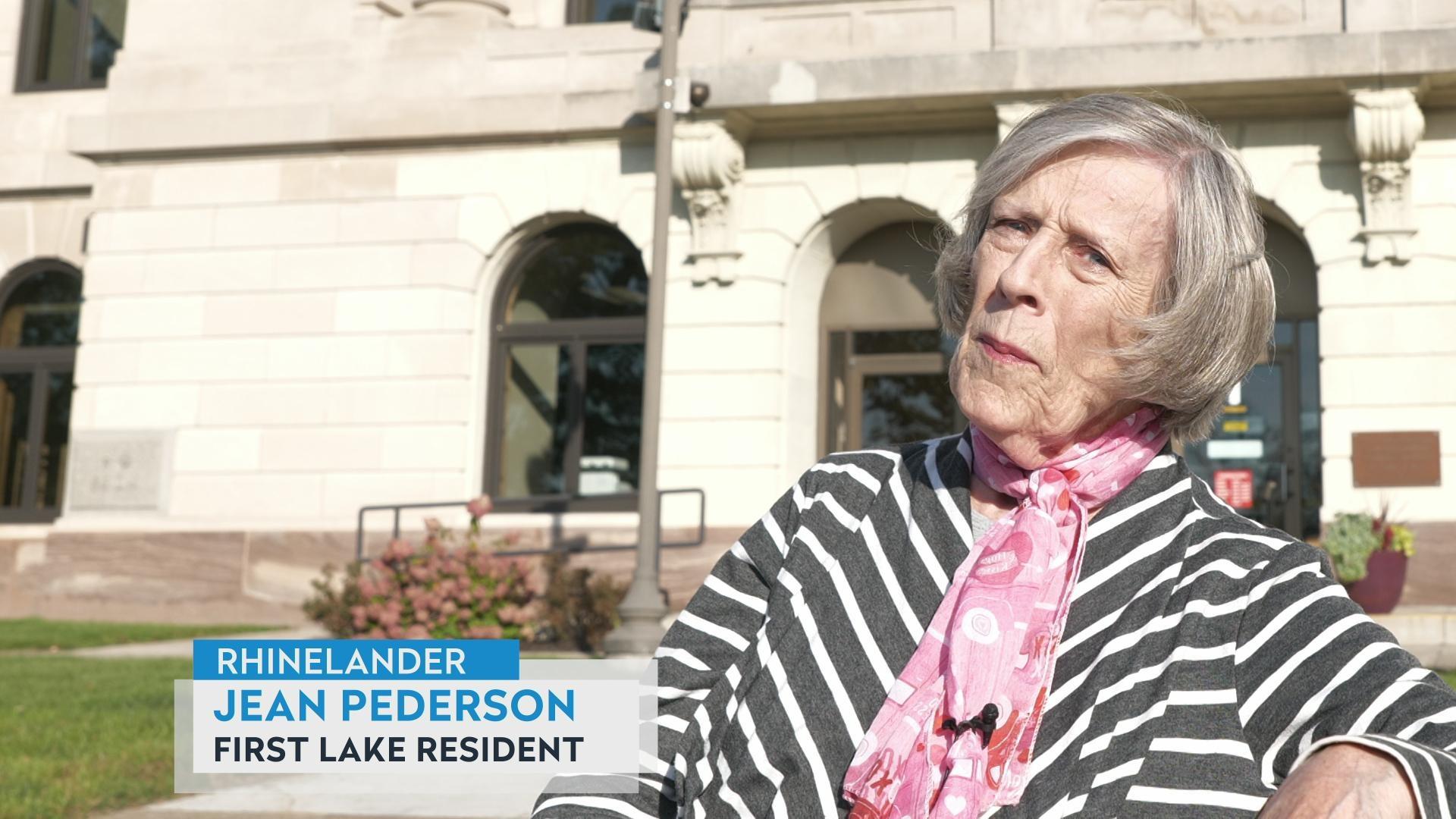

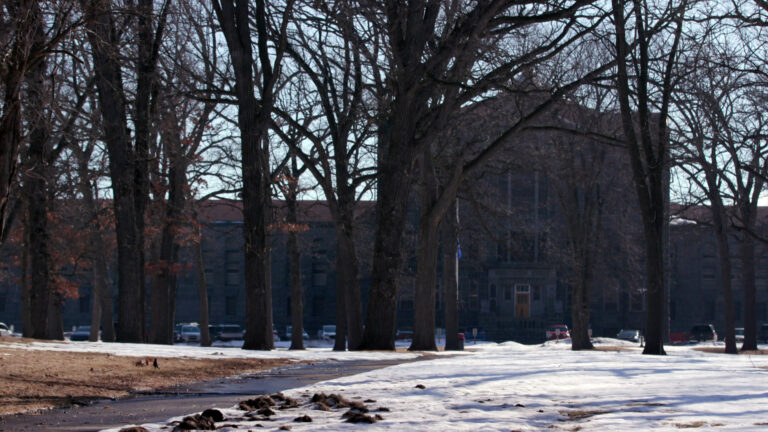

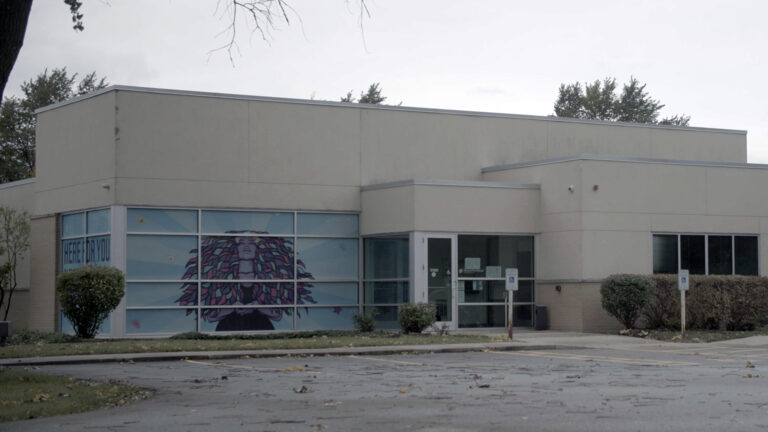
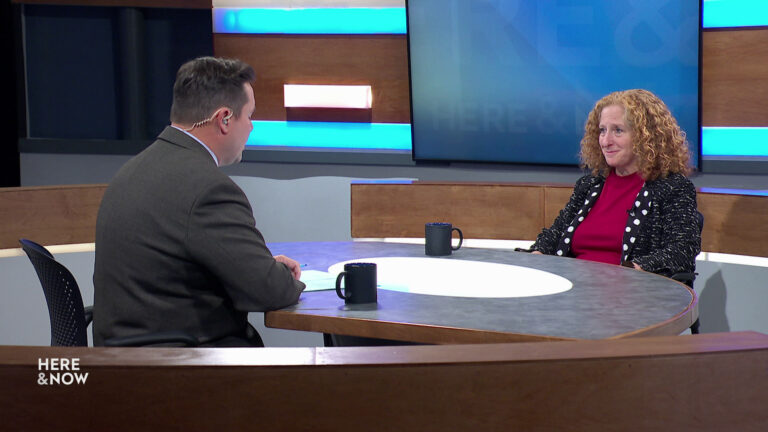
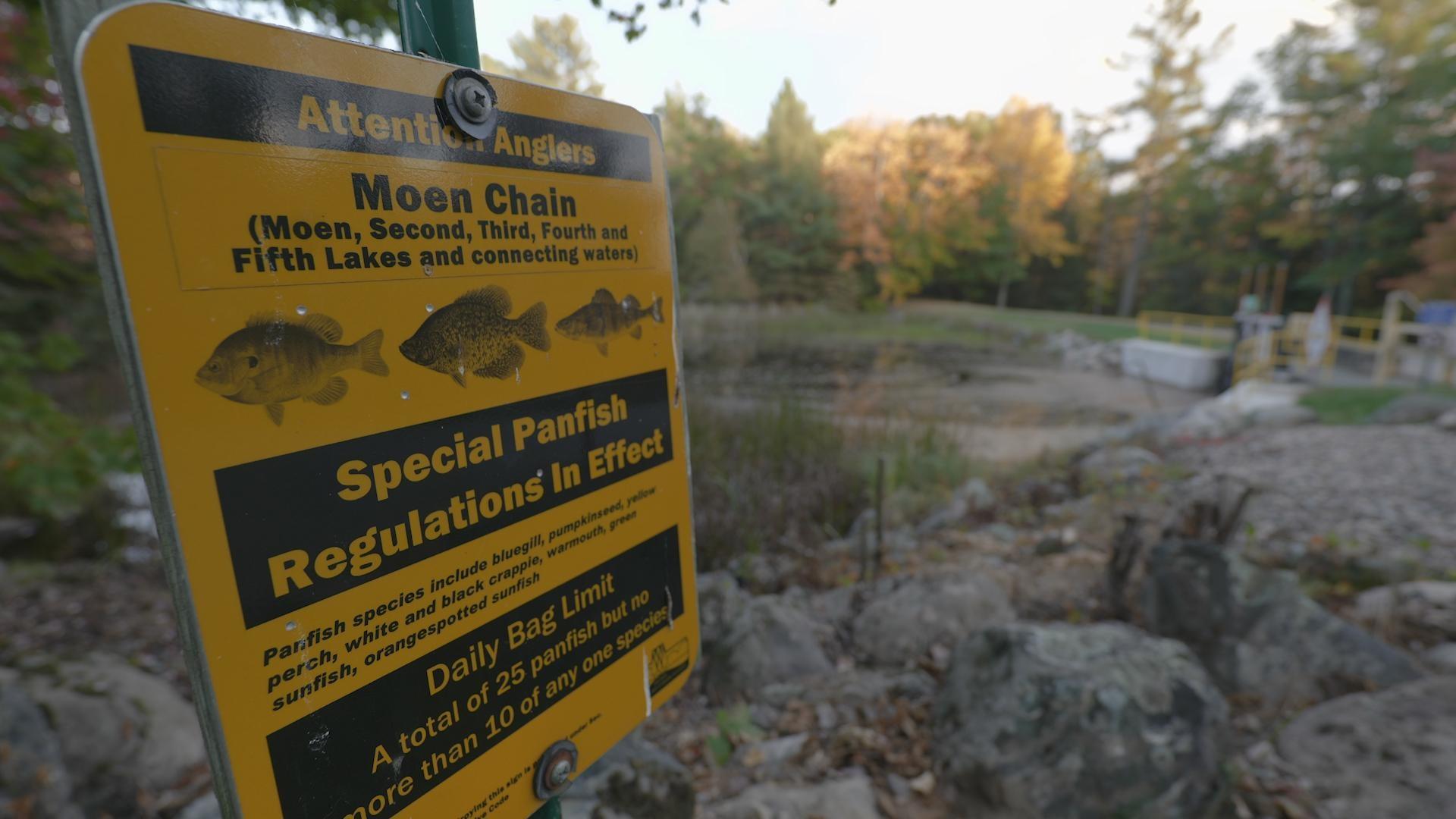
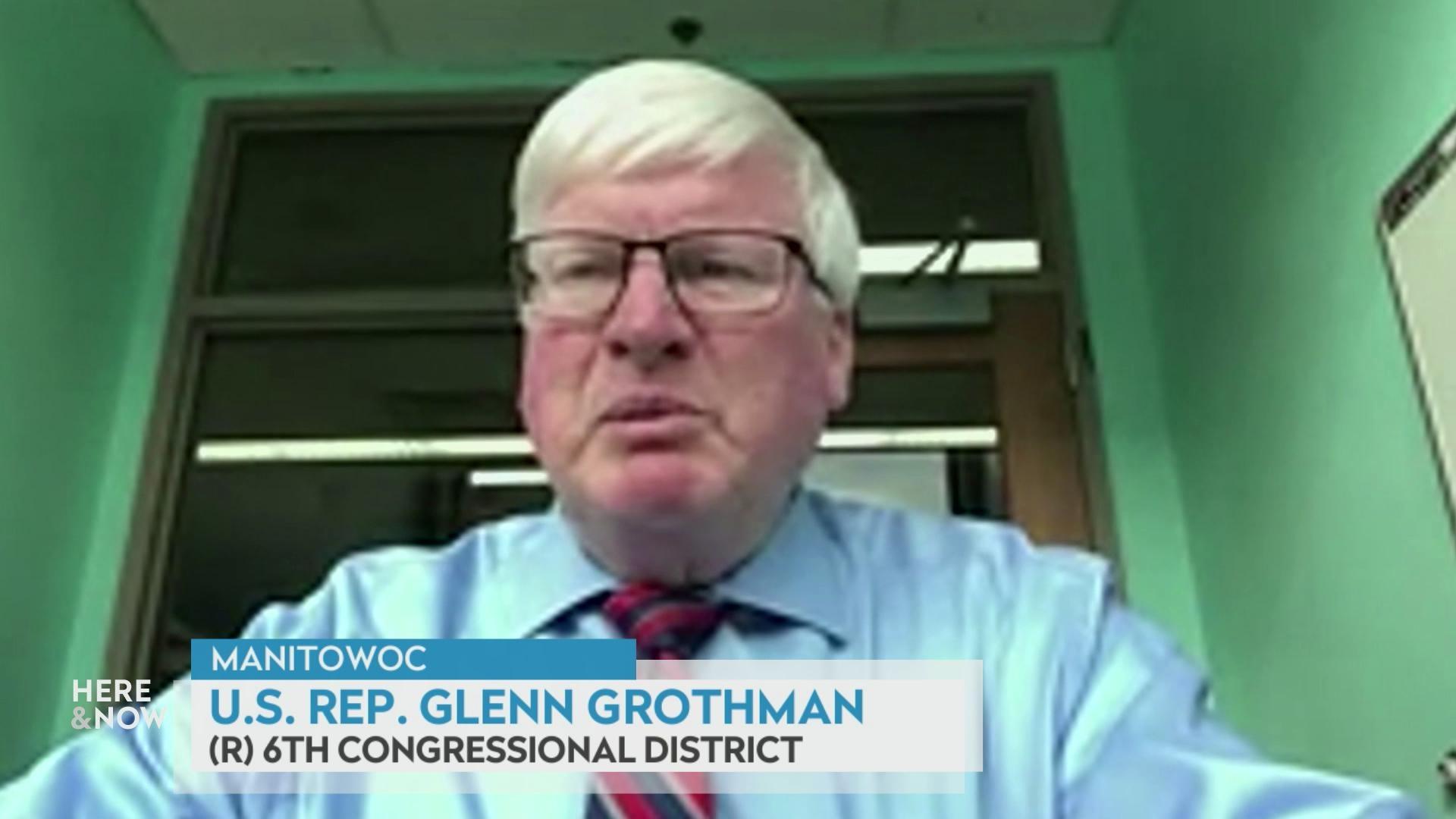
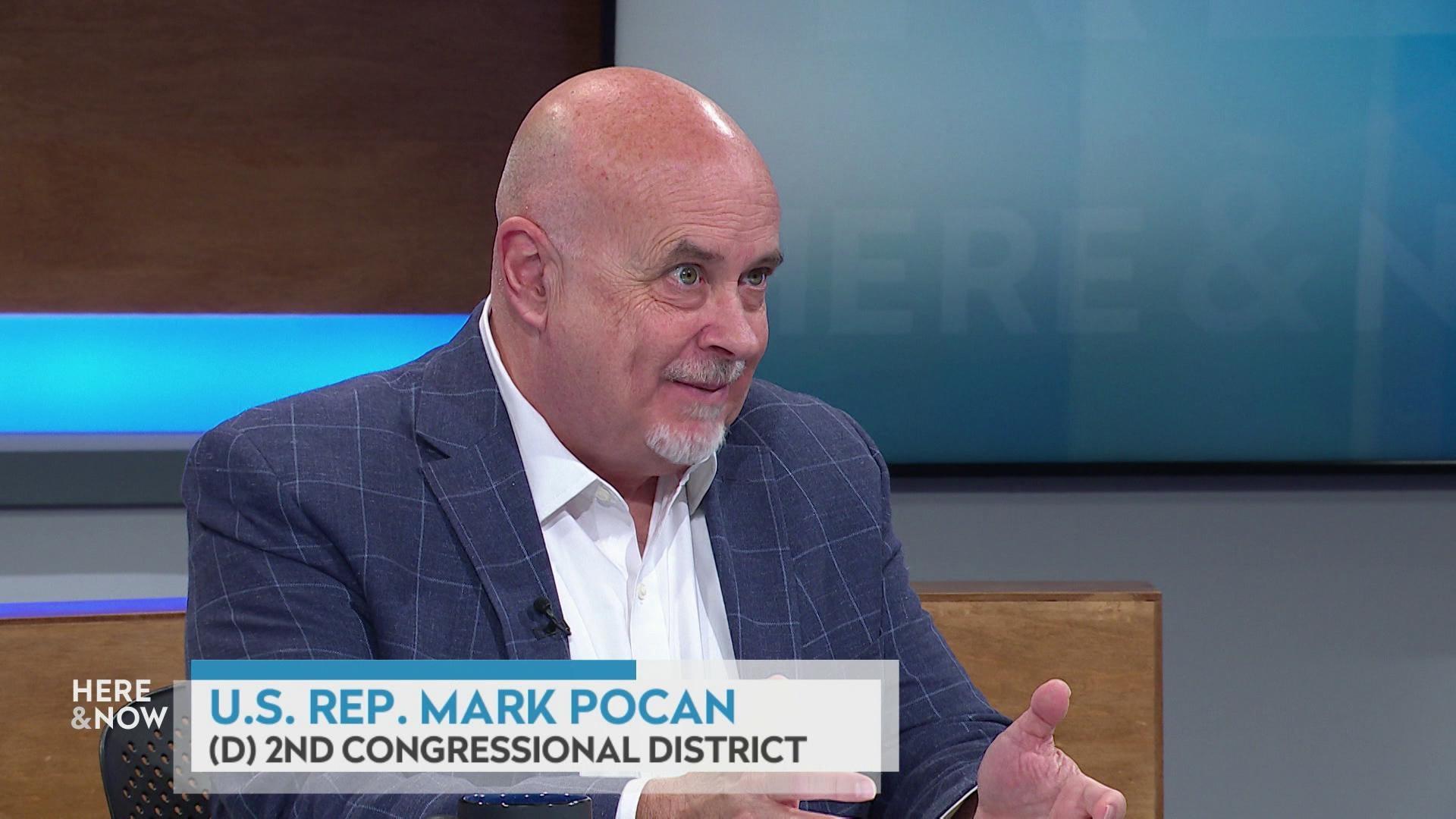
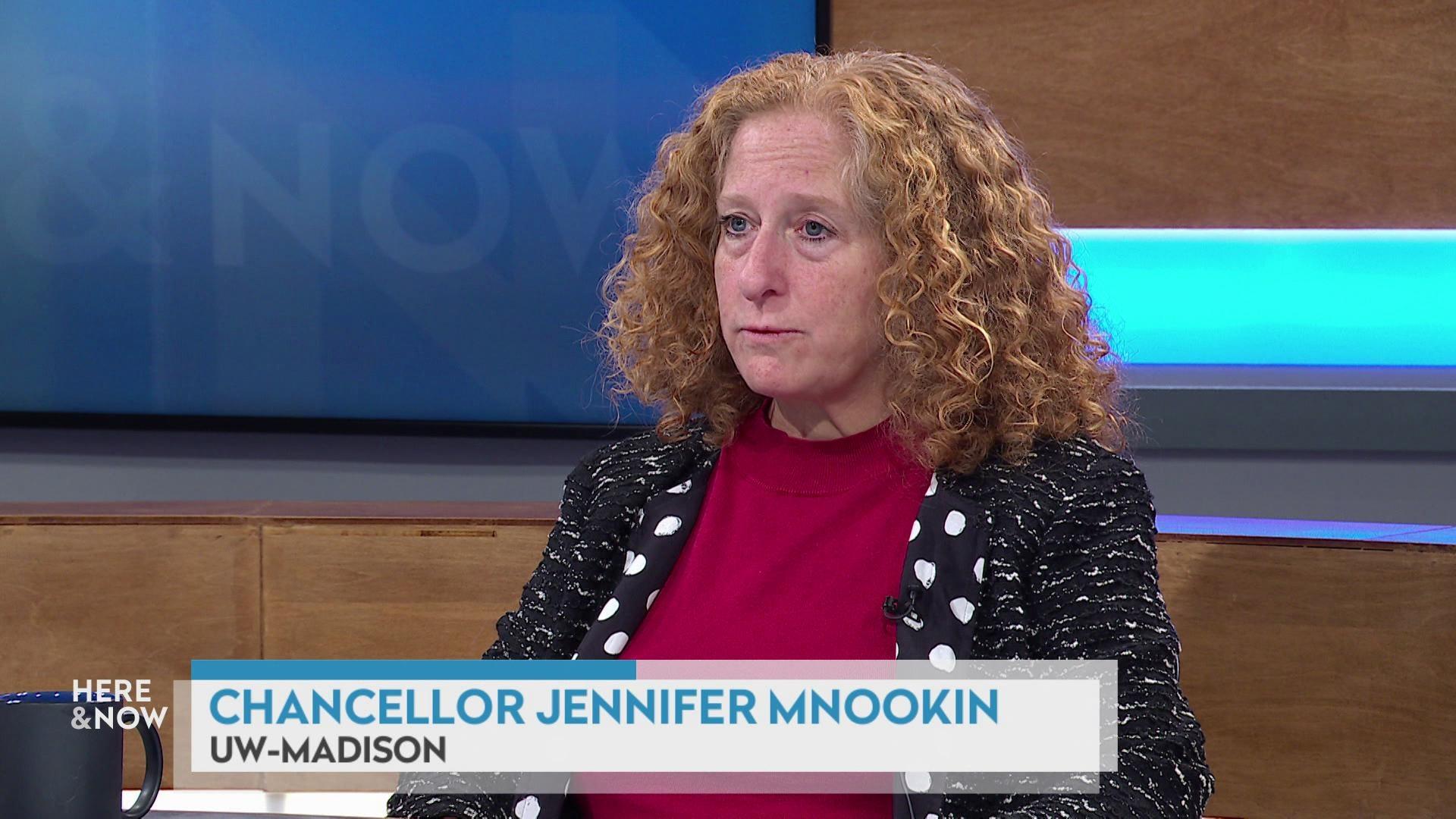
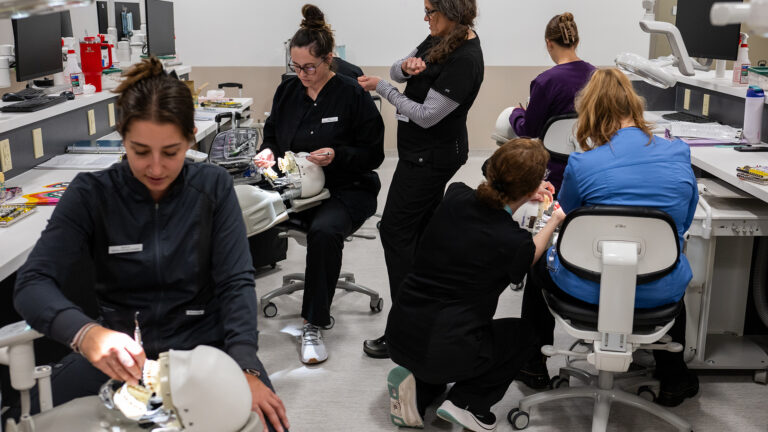

Follow Us